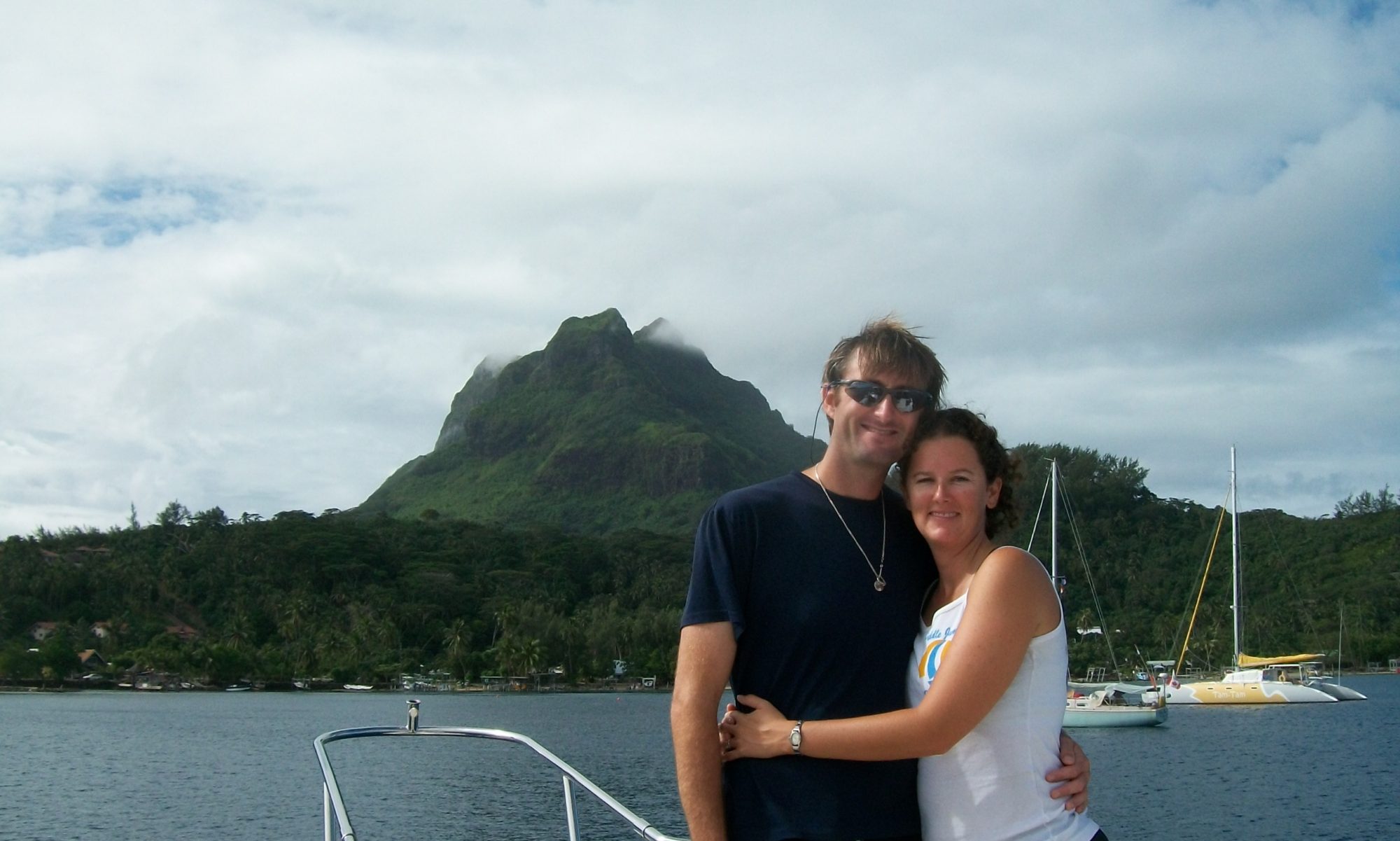What’s with the obsession with Sharktopi? Guess who’s in it!
———————
At sea, enroute Tahiti, French Polynesia
Know how sailors have this reputation for getting tattoos?
You may not realize this but that pretty much started here. When the European sailors arrived in the islands they were so impressed with the Polynesian tattoo that many of the ships’ crew got tattoos themselves and brought the idea back to their home countries.
The Polynesian people have a rich and diverse tradition of tattooing. Each island group had their own extremely intricate traditions and remember, there are a LOT of islands out here!
Unfortunately, like the hula dance, music (they used a flute with their nose!) and many of the other pieces of Polynesian culture, a great deal of the knowledge was lost when the Europeans arrived. The new arrivals completely banned parts of Polynesian culture that were deemed “inappropriate.” Just one more setback these people have born with incredible grace. Since the Polynesian people did not have a written language and their cultural practices fell into disuse for long enough that most, if not all, of the practitioners died off, many of the secrets and details and meanings of their culture have been irretrievably lost. However, unlike the other pieces of Polynesian culture, tattoo has some form of record. Modern Polynesian artists have recreated their unique arts using what few oral traditions remain and the diaries and drawings of the original European explorers who were so amazed with the drastic artwork etched all over the native islanders’ bodies.
As the drawing suggested, the ancient islanders covered their entire bodies with tattoo that they applied with a bone blade and a hammer. Yeah, that would be extremely hard core! Every single piece had a distinct meaning. The first marking was made when the child was 12 and it periodically grew after that according to your wealth and station in society.
Ow. A lot.
Girls got off easy, they just got their lips, jawbones arms & legs done. (AH! Who tattoos their lips!?)
The modern adaptation is slightly more conservative though no less impressive and it is not unusual to see someone with a whole leg or shoulder done in traditional designs. It’s rarer, and some people still do facial tattoos.
Next time we’ll look at the cruiser community and Polynesian tattoos…
Can anyone guess what this is leading up to?





TIFF–DON’T TATTOO YOUR LIPS!
I know it seems really cool right now, and I’m not saying you can’t ever do it, I’m just saying: give it a couple years to ruminate. Then, if you still REALLY want it, at least you won’t have kind of regret so many tattooed Americans now have.
Umm…
Great post thanks for sharing. Traveling is a hobby of mine that I truly enjoy.
Do not do it, let Greg. I am not into pain or needles.
But do keep us posted.
Mike
Yeah, I am so not into pain – especially the self inflicted kind!
I like a little ink on a guy, so I nominate Greg for a seaman tat!
Nominate all you want, but I’m not voting for it to happen!
Adryenn, why is it every time there is an opportunity to get poked, prodded, needled or, most memorably, “snipped” it’s always me who gets the nomination?
Hey Greg and Tiff,
Boy, are we glad that you two didn’t get tatoos. While they do look quite impressive on the Polynesians, you must admit that on white European skin……well, once out of the islands, they become just another tramp stamp – no distinction in that. Good on ya for resisting the social pressure!
Hey Rod,
I dunno if I’d go so far as tramp stamp but I will agree that it’s coolness drops significantly in non-cruiser peer circles. I am much happier with my ukulele than I think I would be with a tat.
– ukes have a social aspect
– ukes are not engraved in my skin
– ukes don’t fade with age…they get better!
I’m sure I would find little disagreement on this assessment from your camp…I mean boat